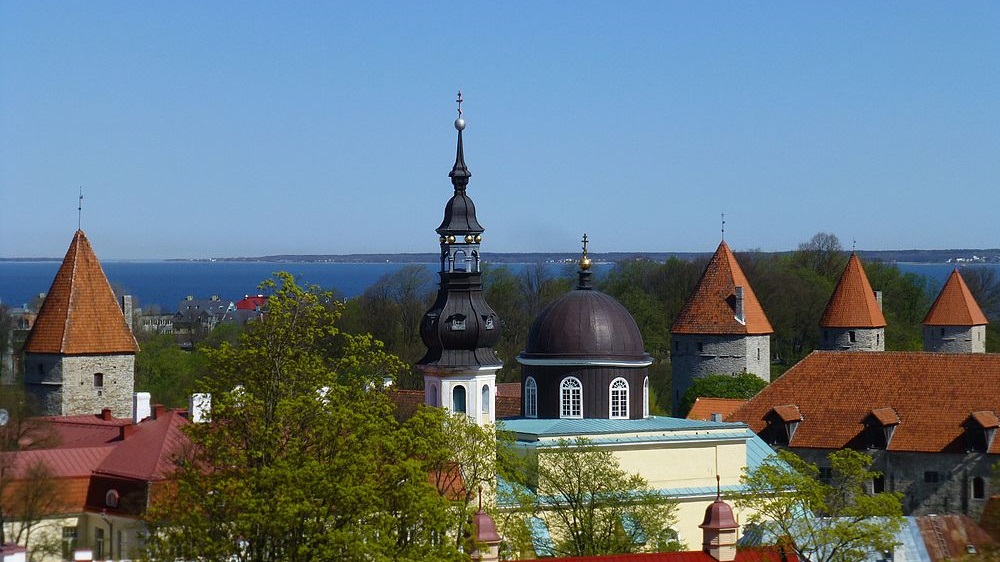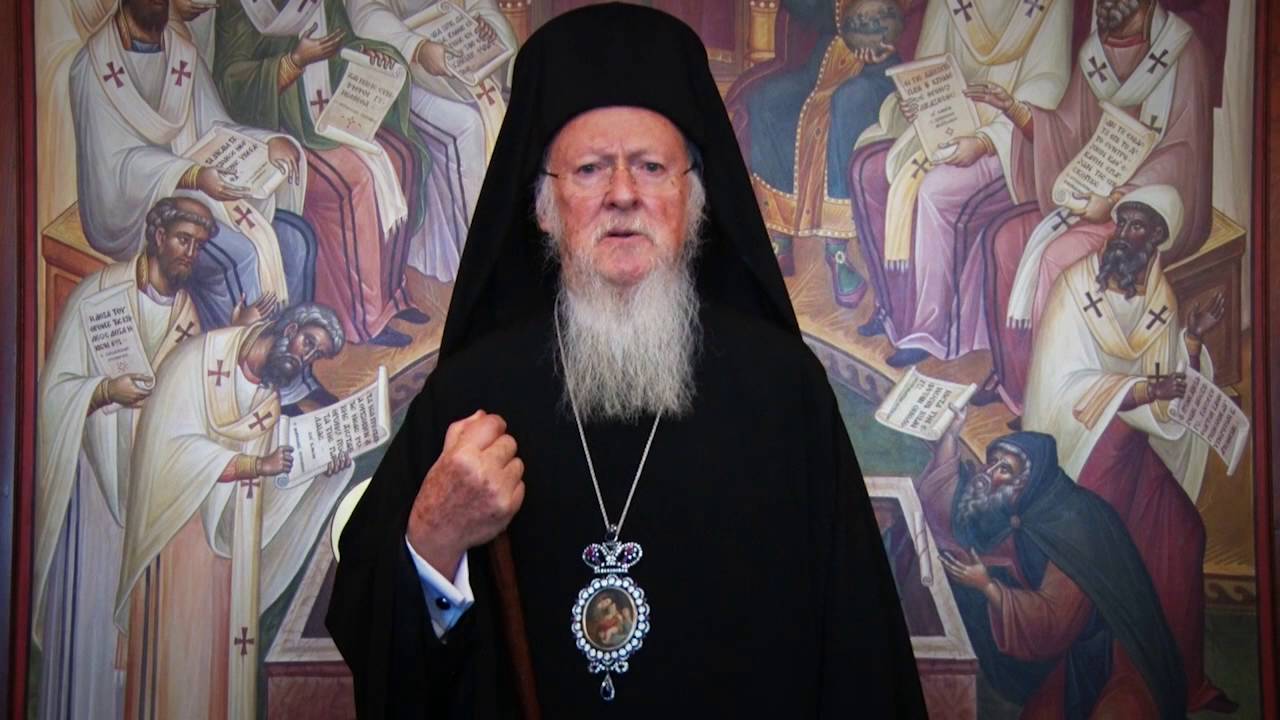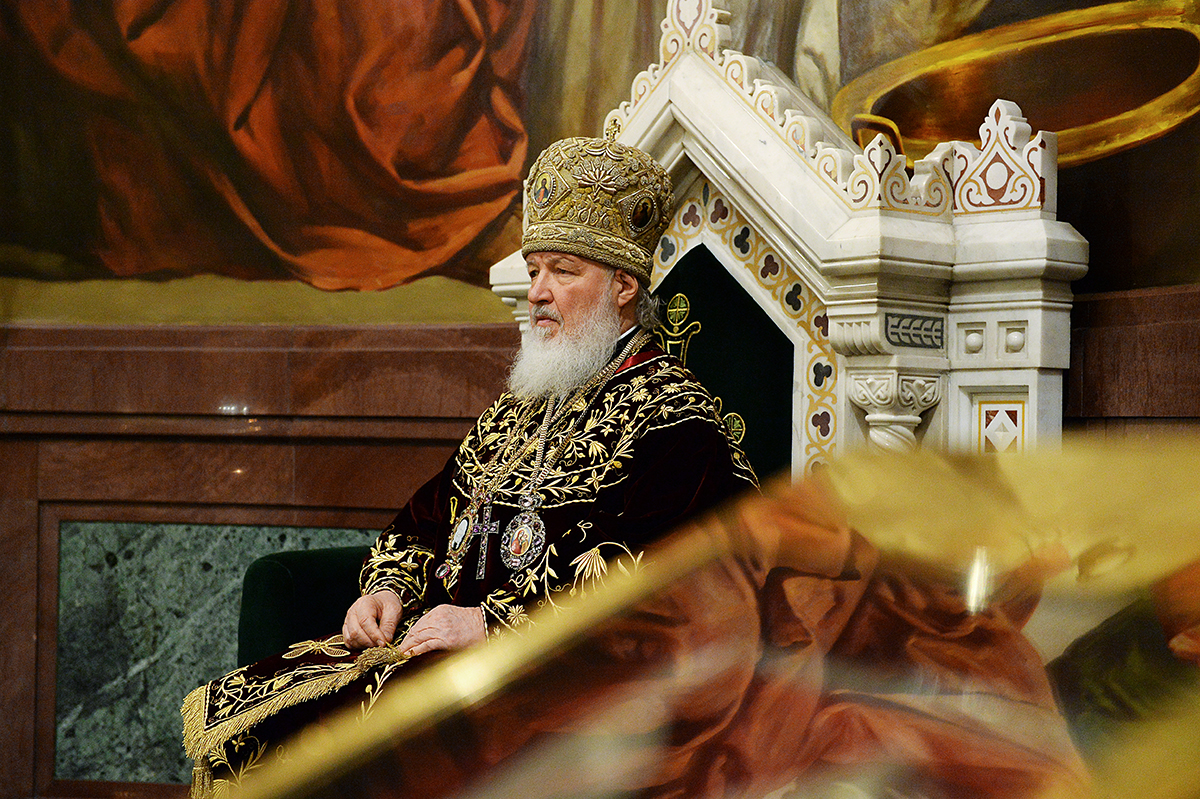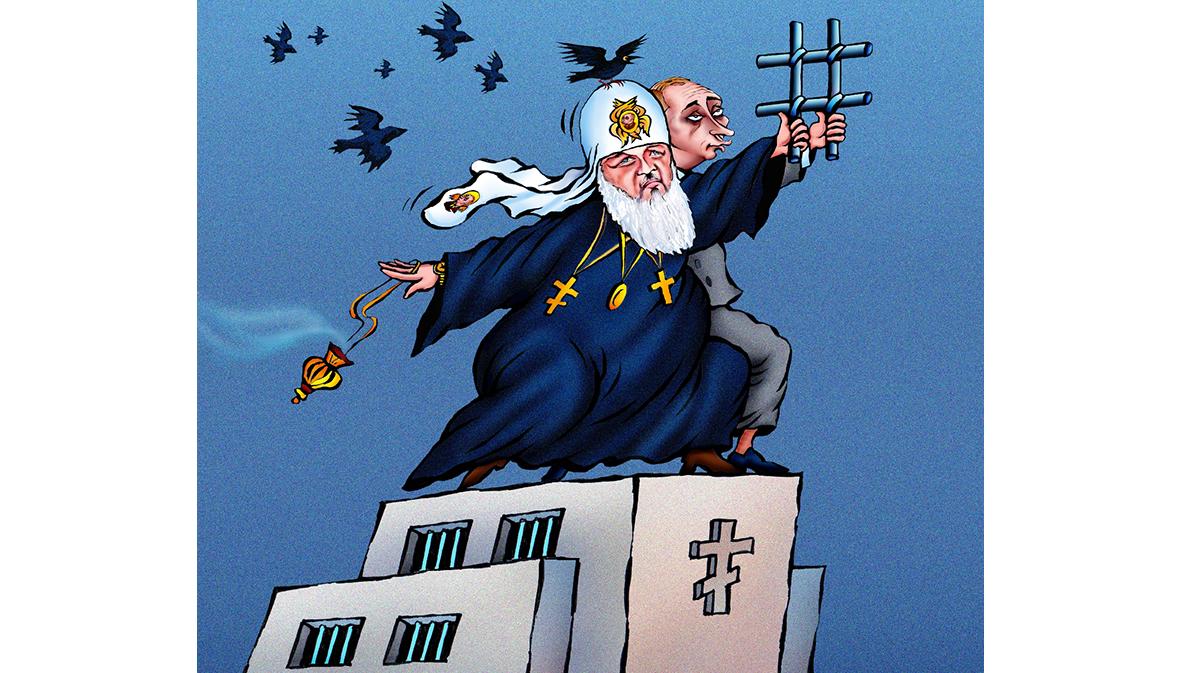Constantinople’s gift of autocephaly to Ukraine’s Orthodox church could have a very different outcome than the violent clashes the Moscow Patriarchate and the Russian government have predicted or the Russian military intervention that many Ukrainians – and others – fear.
That possibility, which may be a slim one, is suggested by the experience of Estonia over the last 25 years where an Orthodox church subordinate to Constantinople and another Orthodox church subordinate to Moscow have coexisted despite the threat of problems when that situation was created.
To be sure, Ukraine is not Estonia. Not only is it larger and more significant for its congregants and for Moscow, but the church issue there has become more intertwined with politics and the Ukrainian church is much closer now to the formation of a single national church than was the case in Estonia.
Nonetheless, the possibility is worth exploring at a time when tensions are increasing, and Krystyna Bondareva, a journalist for Yevropeyska
pravda, presents a useful outline of the Estonian case and its possible implications for Ukraine as it moves forward.
"The experience of Tallinn is useful as an example (or anti-example) for Kyiv’s further actions," she continues. As in Ukraine, the history of Orthodoxy in Estonia is complicated; and as in Ukraine, that history casts a shadow on today.
After Estonia achieved independence in 1918, its Orthodox community wanted to have its own church. In 1920, Moscow Patriarch Tikhon recognized the church there as autonomous. But that wasn’t sufficient for the Estonian faithful, and in 1923, they successfully sought a tomos of autonomy (but not autocephaly) from the Universal Patriarch in Constantinople.
The Orthodox church in Estonia became the Estonian Apostolic Orthodox Church
(EAOC), but when the Soviets invaded and occupied Estonia, the Moscow Patriarchate on its restoration during World War II “annexed” the Estonian Orthodox. In 1944, some Estonian Orthodox went into emigration where they retained their autonomous status under Constantinople.
After Estonia recovered its de facto independence in 1991, the EAOC was registered as the only Orthodox Church in the country, and the Moscow Patriarchate lost control of all the churches there it had used during the Soviet period because Estonians viewed it as part of the occupation. Moreover, Tallinn didn’t officially register the Moscow church until 2002.
Moscow religious and civil was furious, routinely denouncing Tallinn for discriminating against Russians and Russian believers, condemning Constantinople for interference in what it claims as its canonical territory, seeking redress at the Council of Europe and even involving the US by asking President Clinton to put pressure on the Estonian government.
The Estonian case was “especially sensitive” for the Moscow Patriarchate in the 1990s because then Moscow Patriarch Alexy II had served as metropolitan of Tallinn and Estonia. But Moscow’s complaints did prove effective, and in February 1996, Constantinople declared its tomos of 1923 restored, infuriating Russians still more.
But despite that, Bondareva continues, “the two opposing sides were able to find a compromise,” and “several months after the tomos, Moscow and Constantinople agreed that in Estonia would two churches would function simultaneously, and the parishes themselves would choose under whose jurisdiction they were” Moscow’s or Constantinople’s.
As a result, the EAOC now has 72 parishes and three bishoprics, while the Estonian Orthodox church of the Moscow Patriarchate has 37 parishes and two bishoprics. The former thus has more churches but the latter has more faithful, “about 85 percent” or 150,000 believers in Estonia.
The Russian church seeks to maintain control over the Russian-speaking population, EAOC experts say; “but in the final analysis, they understand that it is significantly better to be a European in Estonia and to have all rights and to speak Russian then to be part of something far from clear on the other side of the border.”
One interesting detail, Bondareva says, is that because of problems with the recruitment of priests, “among the priests of the EAOC are ethnic Russians while among the priests of the Estonian Orthodox Church of the Moscow Patriarchate are Estonians.”
Today, the journalist continues, these two Orthodox communities “form the largest religious group in the country. If earlier Estonia was considered traditionally Lutheran, now this is not he case: ever more citizens consider themselves atheists.”
But this is not the end of the story, Bondareva says. “Two years ago, the EAOC metropolitan began to speak about the possibility of establishing a single Orthodox Church of Estonia and proposed to the metropolitan of the Moscow church to unite with him under the aegis of Constantinople.”
That move was the product of a decision at the All-Orthodox Assembly in Crete in June 2016 which held “the coexistence of two essentially similar churches in one country to be unethical.” But the Moscow Patriarchate did not attend that meeting, and its church in Estonia showed “no enthusiasm” for unity.
Indeed, for such unification to happen, many issues would have to be addressed: who would lead the church, whom would it be subordinate to, and who would get church property. With the Moscow Patriarchate now having broken with Constantinople, the chances for any movement in this direction seem remote.
Not surprisingly, the two Orthodox churches in Estonia take different positions on Ukrainian autocephaly: the EAOC supports it, while the EOC MP is totally opposed.
Bondareva ends with the suggestion that the situation in Estonia is less a model for Ukraine than a lesson. The history of Orthodoxy in Estonia shows that “the peaceful coexistence of two churches is possible” in a single country; but it also shows how difficult that situation can prove for the faithful and for the countries involved.
Further Reading:
- Tomos ante portas: a short guide to Ukrainian church independence
- Constantinople decision on Ukrainian Church truly has global consequences
- The next domino – Belarusian Orthodox hope for autocephaly
- 38 of the 46 Ukrainian Orthodox churches in Crimea forced to close by Russian occupiers
- Ukrainian Orthodox Church Kyiv Patriarchate in Crimea evicted from Cathedral
- Ukrainian Greek Catholic Primate fears his church may be liquidated in Crimea
- Russia methodically destroys and removes cultural treasures from occupied Crimea
- Moscow having failed to block Ukrainian autocephaly now attempting to exploit it
- Constantinople moves to grant autocephaly to Ukrainian Church, outraging Moscow
- Three signs Moscow Patriarch Kirill knows he’s lost on Ukrainian autocephaly
- Implicitly conceding Ukrainian autocephaly, Moscow makes plans to split Orthodoxy and dominate one part of it, analysts say
- 900-year-old relic found under church floor in Busk, Lviv Oblast
- Why Ukraine needs a free and recognized Orthodox Church
- A Ukrainian National Church — Ukraine’s hopes and Moscow’s traps





